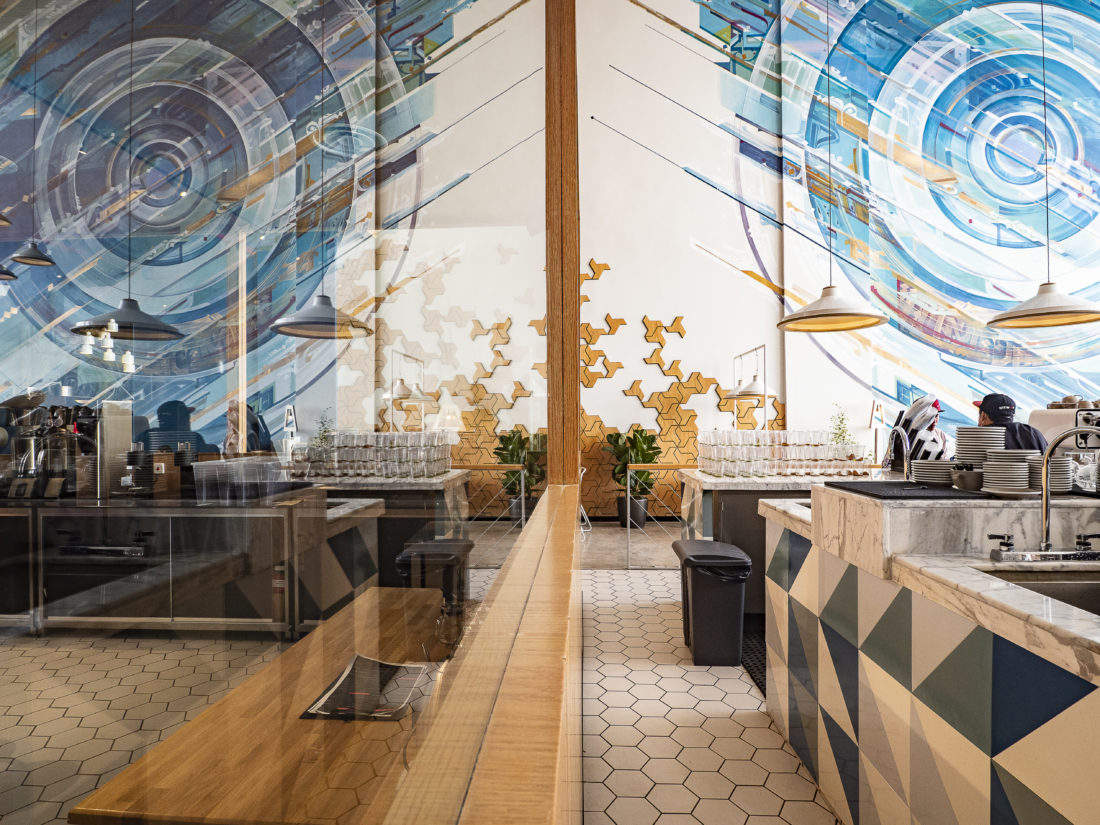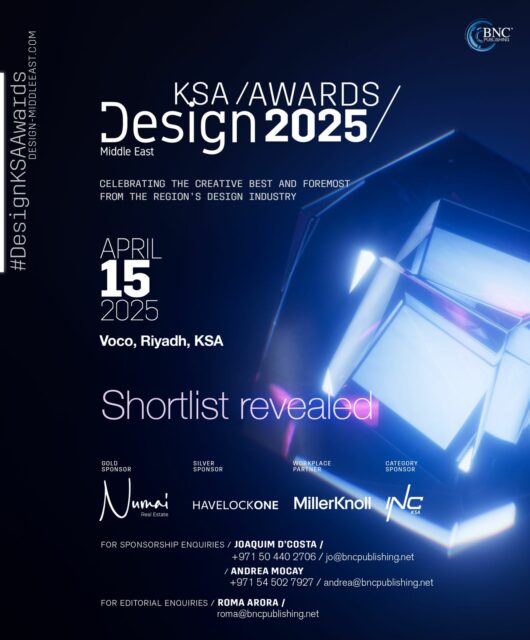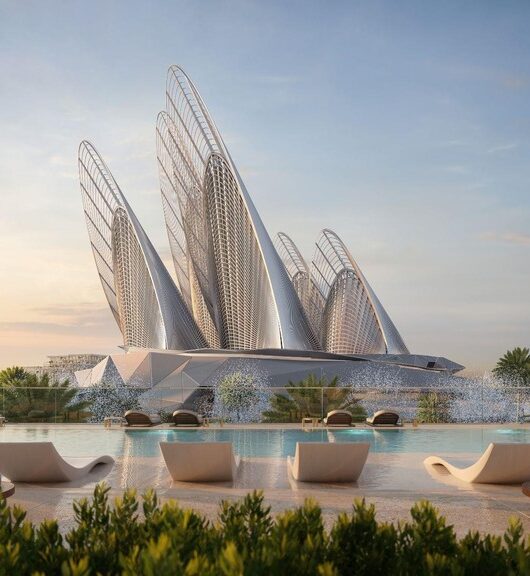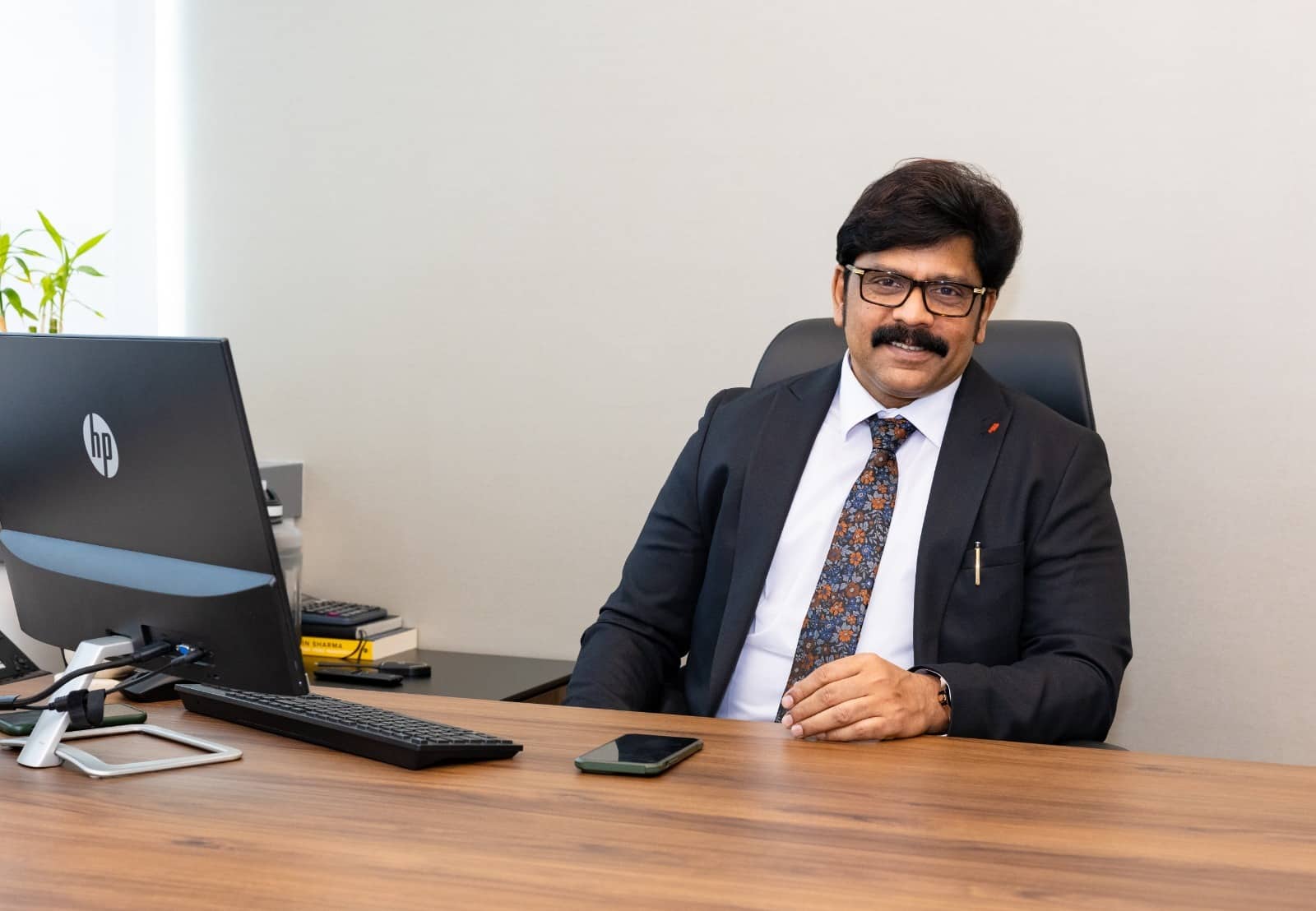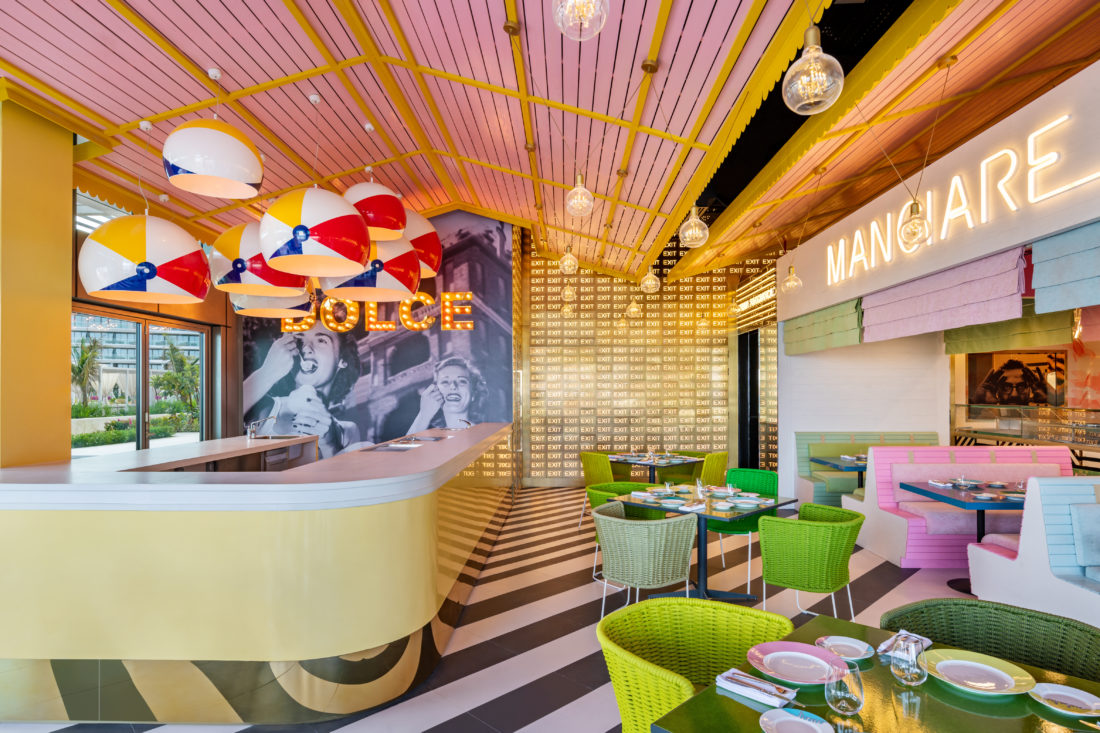
What makes a restaurant concept succeed over others? Let’s find out…
By Roma Arora
The passion for food has increased over the years and simultaneously interiors and the design concept of restaurants and bars have also played to the success of the F&B industry. People want to spend on the experience and clever and smart designs with unique mixes that will drive repeat business. Design firms are creating striking and memorable spaces using various design elements. We spoke to the leading experts in the region who’re creating spaces that are comfortable and visually stimulating
What makes a restaurant successful?
Space must function well for operations and customers alike, proper space planning; zoning and flow are all crucial aspects to having a successfully designed restaurant. After all, what’s the point in having an Instagramable or gold star designed restaurant if it doesn’t function or work? Nicola Fahy, head of F&B Design, Studio EM, explains: “First and foremost with restaurants, the success comes down to the main components of the offering (F&B), value, service, and location. These core pillars need to be in place well before considering the design. There’s no point in having an amazing space if these four pillars aren’t structurally sound, as can be seen with many design awardwinning restaurants having closed down. That being said, if these are in place, then the design can play an even more important role in helping the restaurant to reach the upper echelons of what’s popular, trendy and a place that captivates a reoccurring audience.” One of the most important aspects of a place is its functionality. Fahy adds: “In terms of design, a great aesthetic is off course paramount, but the aesthetic must be equally matched if not more so by the function of the space. I’ve seen it so many times with design award-winning restaurants, where they look amazing, but I am crammed in my seat, too close to the next person, or backed in an odd corner or just badly positioned, it can lead to an uncomfortable experience, no matter how gorgeous the surroundings are around me. So for me, get the function right, then make it look amazing.”
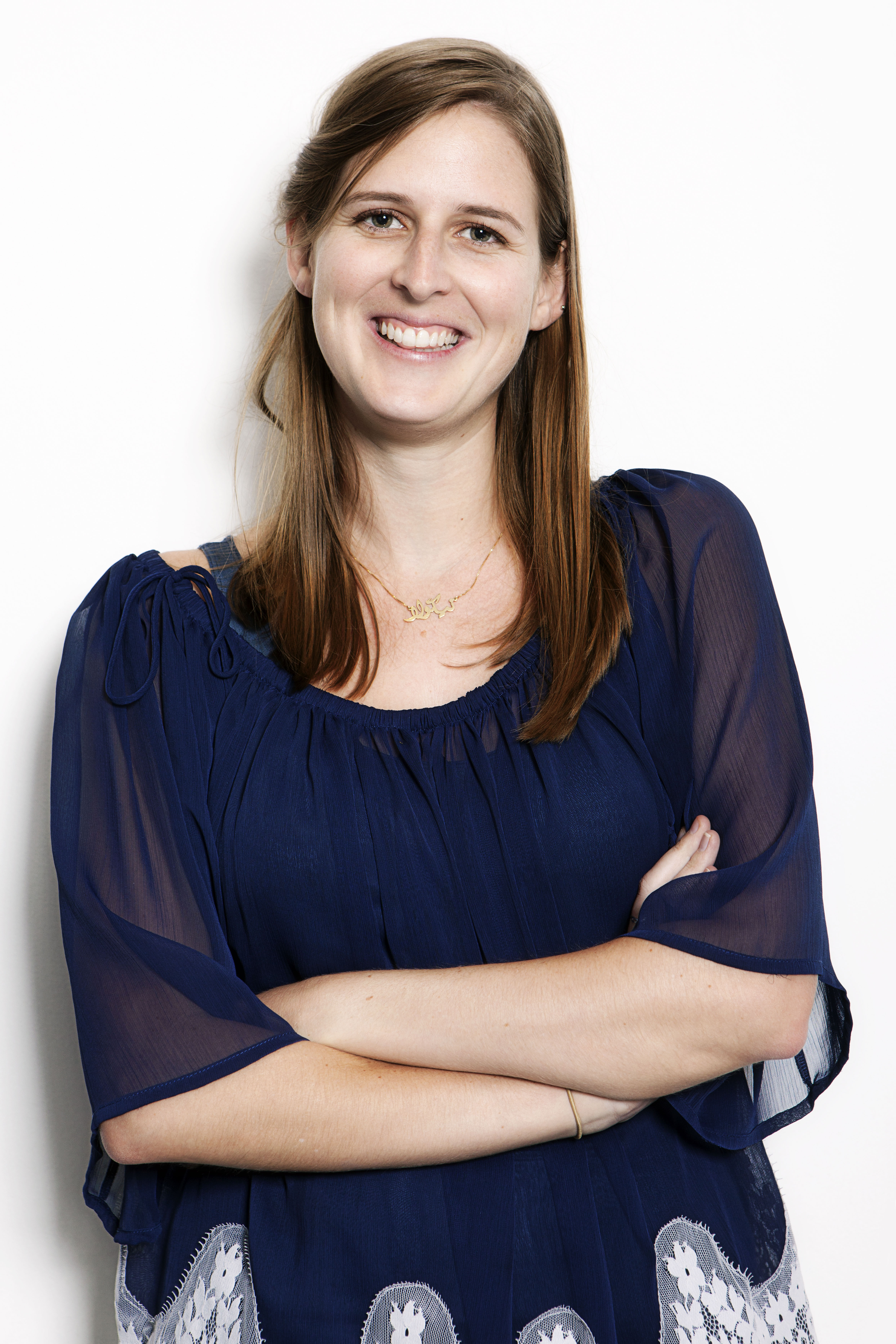
Trends
A restaurant should be appealing as well as engaging at the same time. Interior designer Paul Bishop from Bishop Design, says: “I believe we are experiencing the demand for venues that break the boundaries of what customers have become accustomed to. At the heart of this method lies a narrative behind the venue. Customers’ desire for a connection and memorable experience is rapidly increasing. It is becoming less acceptable to create a venue that is merely aesthetically pleasing, but rather we are now more challenged than ever to create an engaging venue that will remain prominent in people’s minds.”
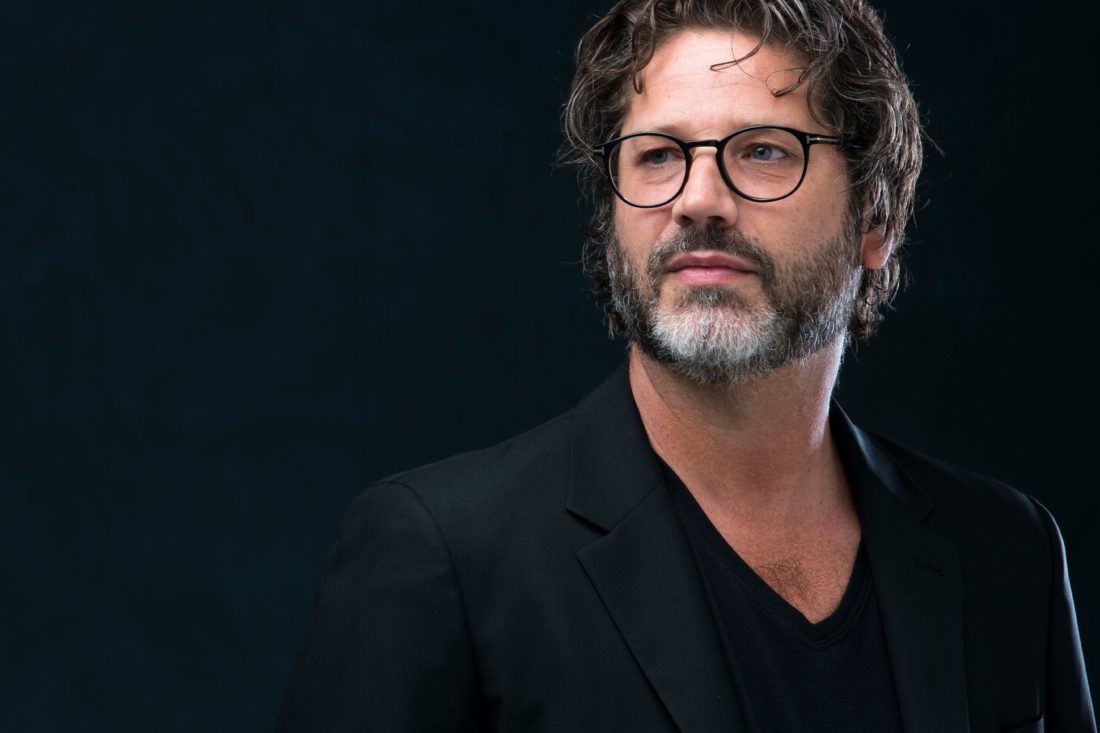
Long gone are the days when design used to be only about aesthetics and taste. Today, the design is all about strategic decision-making considering the social, environmental, and economic impacts of a project with technology advancements in the forefront. Rosha Ehsan, interior designer, Creneau International, shares: “Materials and finishes used in the process of designing determine the look and feel of the place. The selection of materials and finishes is usually based on their esthetical characteristics. We are now taking into account more ethical characteristics of the resources needed— their origin, lifespan, production methods, and reusability of materials. Our R&D department is constantly on the lookout for new materials that correspond to these new standards. Most of these materials are newly developed. The lower demand for these materials can but does not necessary implicate a higher cost.”
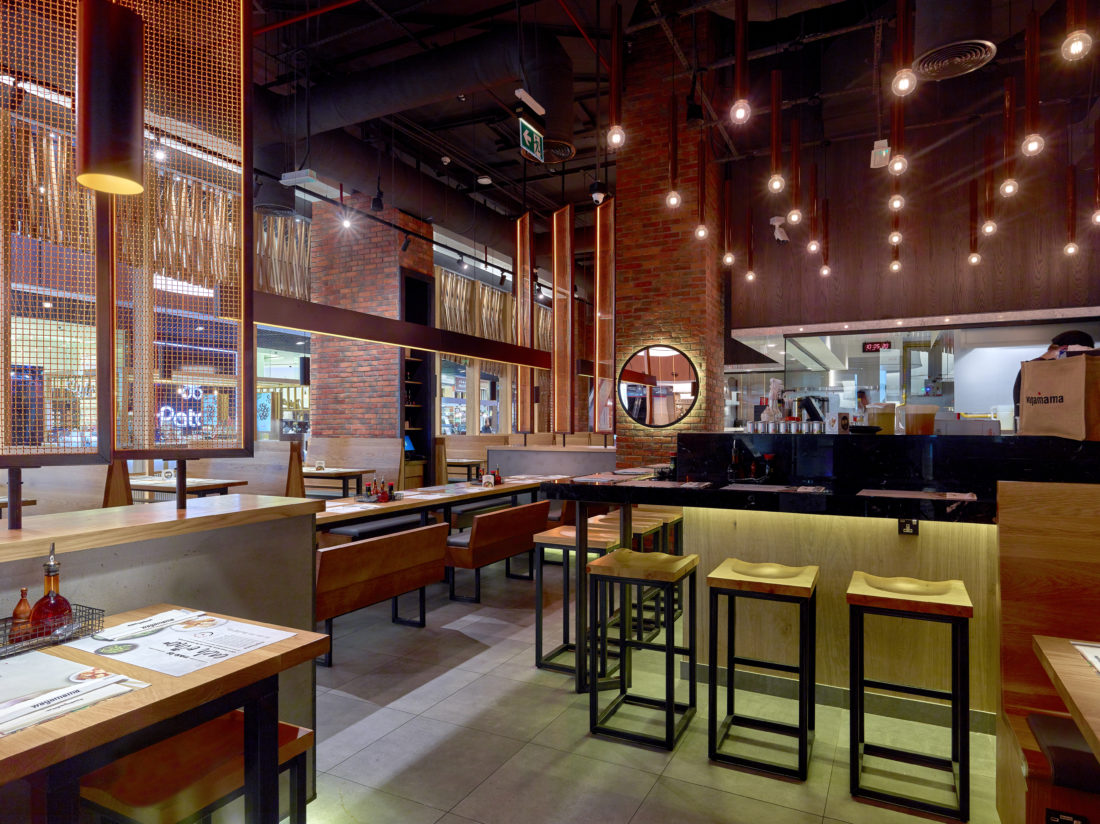
Operational efficiency
Most of the restaurants miss out on this important aspect at the planning stage itself. Operational efficiency is central to any successful F&B design. Fahy feels: “Function over form, each and every day of the week, I do question how with restaurants in Europe or the US as an example, a server or waiter can cover 30 covers without much hassle, whereas here, due to the high rents and demand for yield we are cramming covers into spaces that don’t work operationally and throwing five or five staff to cover those same 30 covers, it’s a bit of a mess at times and can lead to a poor experience.” The operational layout of key functions needs to be designed with accuracy and precision, which should lead to maximum efficiency. Fry also ranks operational efficiency in the top order. He says: “Obviously, this aspect is very important but it’s a challenge, it needs to be as operationally efficient as possible without it feeling like you’re sitting in a machine that’s just there to make money. You need to make compromises on both ends, otherwise, it can end up feeling a bit cold and sterile.”
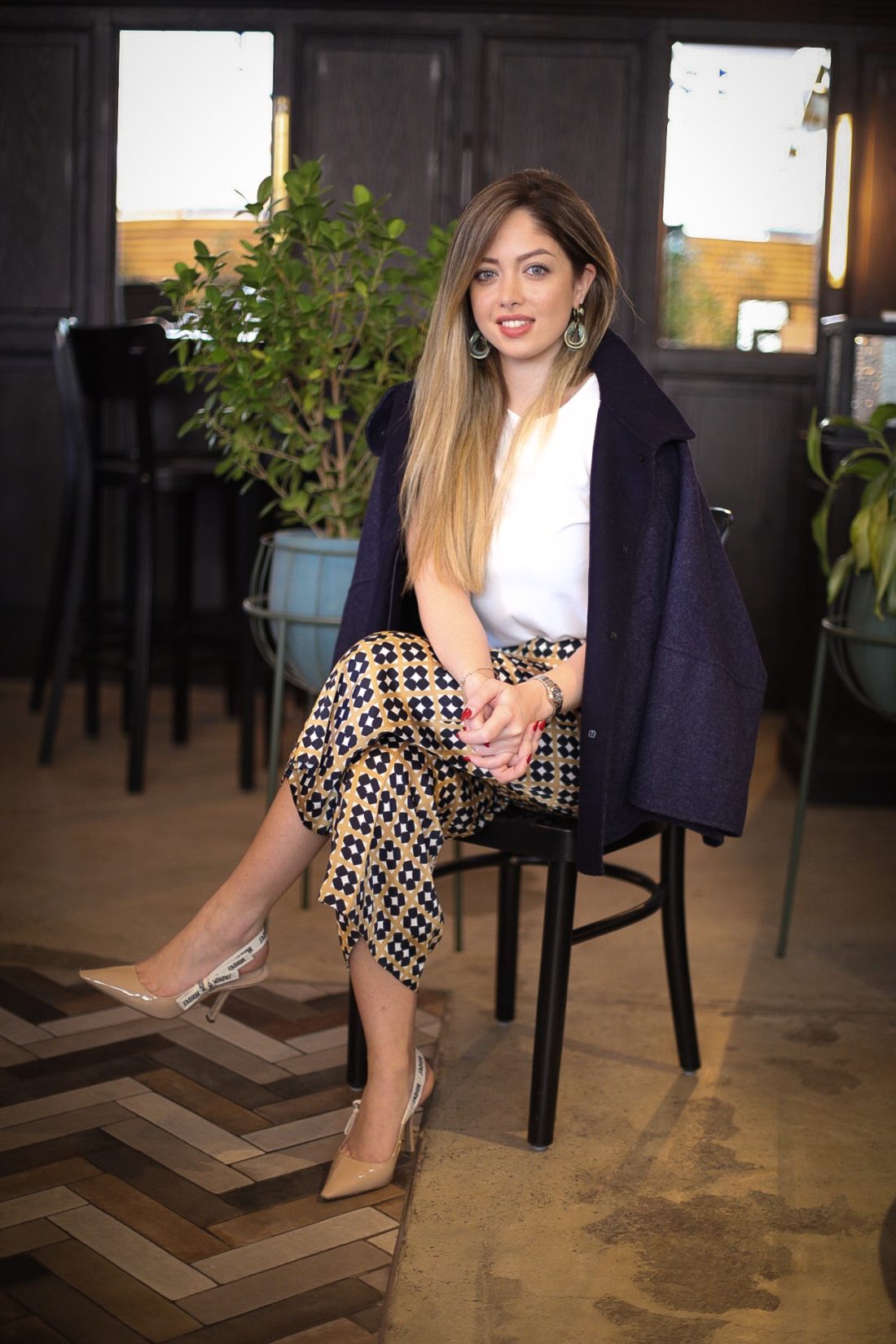
Pain points
What we see at a restaurant comes after a lot of planning and overcoming challenges. Cameron Fry, founder of Liqui Group lists few pain points: “The main challenge for us is the choice of materials available, a lot of stuff has to be imported specially and with ever-changing regulations, this can be a challenge in itself.” Fahy further highlights how because of the increasing costs of a restaurant, the designers have to execute a project within a tight budget. She shares: “The challenges in the region are largely budget-based. With such high rents and operating costs, the budgets for design and implementation are constantly being squeezed, it seems most designs are now being value engineered, meaning great concepts are being watered down due to cost implications.” Another challenge that Fahy is facing in the region is the rise of incubators and central kitchen operating as 3rd party deliveries, “whilst it’s great for the consumer, we’re losing that customer interaction and ambience that bricks and mortar concepts bring. We’re losing the brand identity and ethos and selling it for cheap and quick eats rather than experiences.”
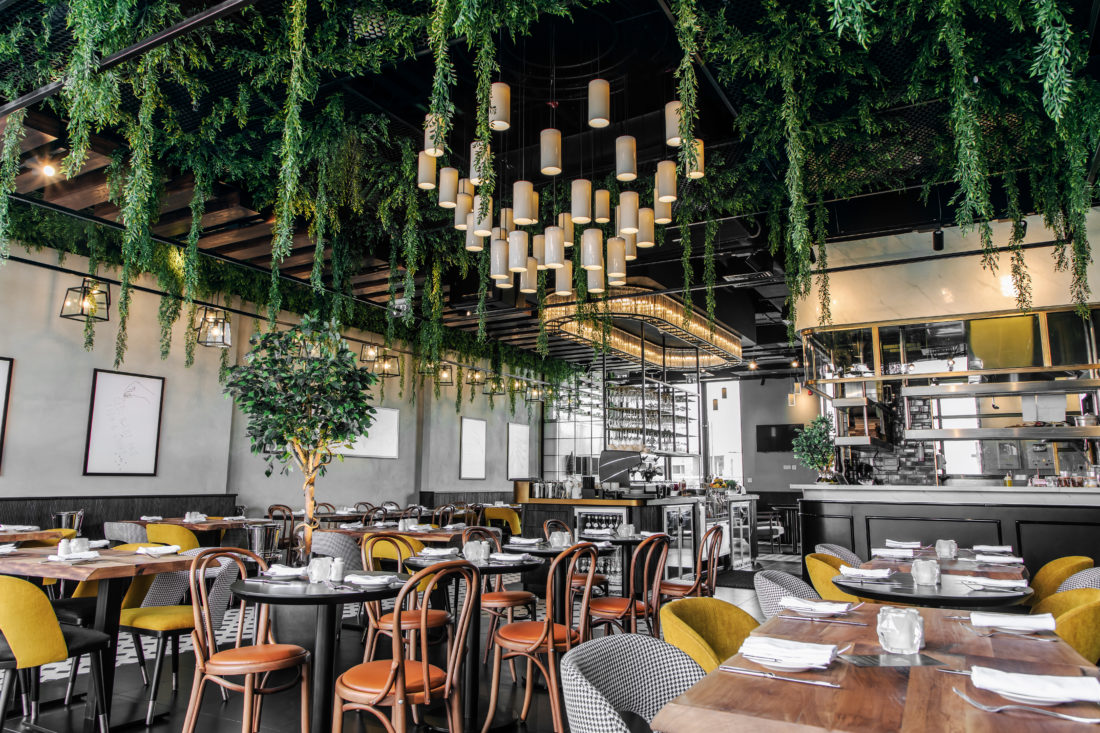
Sustainability
A term used extensively throughout the industry over recent years and one we have certainly been more aware of, and integrate this way of thinking as much as possible in our designs. Bishop adds: “We only use LED lighting in our projects as an example, and it is widely used across Dubai and surrounding emirates. Clients, in particular, are becoming more knowledgeable about sustainability, and many ask us before commencing the project ‘How does your design achieve sustainability?’ It is a method of thinking we have had to rapidly adapt and evolve with. In recent years, there has been an incredible lust for local suppliers and artisans, which I believe to be an incredible asset to the region’s economy.”

It’s amazing to see how designers and firms are taking the concept of sustainability seriously and talking about it. Serge Haelterman, creative director, Creneau International shares: “Let’s be honest, we as designers are partly responsible for an overload of unnecessary stuff in a world that cannot take any more stuff. We believe design (thinking) can be one of the driving forces for the change we need to keep this world inhabitable. The design should no longer think about how it can be original to be original, how it can come up with something nobody else has thought of just for the sake of being unique. This to us is a perverted vision of design and innovation. It’s a reversal of means and objectives. So instead of worrying about being the most original kid in class, we need to use our intellect and creativity to come up with ideas that try and make this world a better place for all future generations. It is clear to us that we at Creneau as designers, builders, and operators will not be at the forefront of world-changing innovations, yet we know we can contribute in our own humble way.” Liqui Group values simple, honest, and functional designs using sustainable materials. “It’s the reason I started the company 11 years ago. I believe it’s our job as designers to make sustainability attractive, it shouldn’t be a choice to be sustainable, it should be the only option if we want to leave the next generation with something that’s worth inhabiting. We’re not perfect as a company and working internationally is difficult when it comes to sustainability but we are constantly striving to improve our processes and try to lead by example,” signs off Fry.
